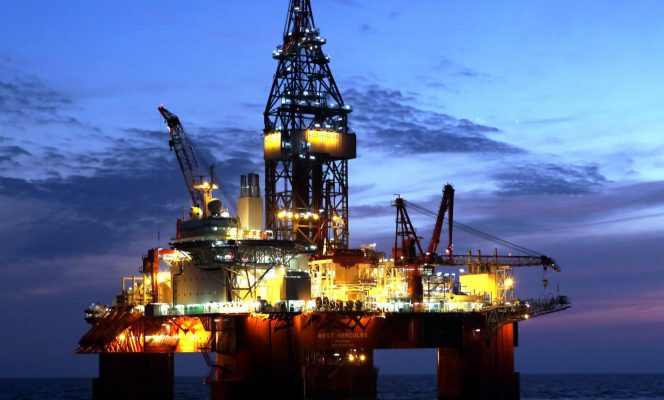Another Barents Sea duster for Equinor

[ad_1]
Norwegian oil and gas giant Equinor has concluded the drilling of wildcat well 7132/2-2, targeting the Gjøkåsen Deep prospect, located in the Barents Sea offshore Norway. The well was dry.
The well was drilled about 175 kilometers north of Vardø, to the southeast in the Barents Sea, in production license 857 where Equinor is the operator. Its partners are Lundin Norway, Aker BP, and Petoro.
Announcing the well results on Tuesday, the Norwegian Petroleum Directorate (NPD) said that the primary exploration target for the well was to prove petroleum in reservoir rocks from the Early to Late Triassic Age (the Snadd, Kobbe and Havert formation). The secondary exploration target was to prove petroleum and reservoir potential in the lower Havert formation (Early Triassic Age).
Targets
In the primary exploration target, well 7132/2-2 encountered 25 meters of sandstone reservoir with moderate to good quality in the Snadd formation (Carnian Age), 17 meters of sandstone reservoir with poor to moderate quality in the Kobbe formation and 26 meters of sandstone reservoir with poor quality in the upper Havert formation. Sandstone reservoir was also encountered in the Klappmyss formation (Early Triassic Age) in a thickness of 17 meters with poor quality.
In the secondary exploration target in the lower Havert formation, the well encountered an interval of approx. 110 meters of sandstones with very poor reservoir quality. High measurements of formation gas led to an extension of the well. The objective of the extension was to evaluate potential presence of source rock and underlying reservoir rocks in the Lower Triassic and Upper Permian (the Ørret and Røye formation). No reservoir rocks were encountered in this interval. The well is dry.
Data acquisition and sampling have been carried out. This is the second exploration well in production license 857, which was awarded in the 23rd licensing round in 2016.
The well 7132/2-2 was drilled to a vertical depth of 3496 meters below the sea surface, and was terminated in the Røye formation from the Late Permian Age. Water depth at the site is 304 meters. The well will be permanently plugged and abandoned.
West Hercules rig
The well was drilled by the West Hercules semi-submersible drilling rig which, after maintenance at Polarbase, will drill the Korpfjell Deep exploration wildcat well 7335/3-1 in production license 859 in the Barents Sea, where Equinor is also the operator.
The West Hercules also recently drilled the Gjøkåsen Shallow prospect in the Barents Sea for Equinor. During drilling operations, the company experienced a well incident on board the West Hercules rig when the lower marine riser package (LMRP) on the blowout preventer (BOP) was unintentionally disconnected and the work, therefore, had to be halted. This was in January 2019. In February, the results of the well came in and classified it as dry.
Spotted a typo? Have something more to add to the story? Maybe a nice photo? Contact our editorial team via email.
Offshore Energy Today, established in 2010, is read by over 10,000 industry professionals daily. We had nearly 9 million page views in 2018, with 2.4 million new users. This makes us one of the world’s most attractive online platforms in the space of offshore oil and gas and allows our partners to get maximum exposure for their online campaigns.
If you’re interested in showcasing your company, product or technology on Offshore Energy Today contact our marketing manager Mirza Duran for advertising options.
Source link






